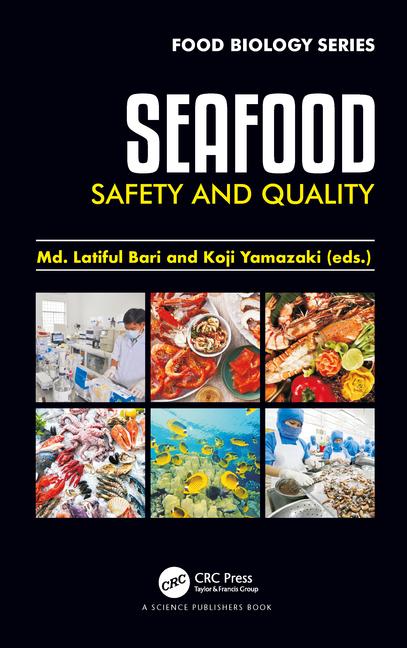Ergonomics Talk With Kevin Igli, Vice President of Environment, Health, and Safety
Q: Describe the company’s early approach to ergonomics.
Igli: We initially focused on medical management activities and jobs identified to have higher injury and illness rates. We’re currently transitioning to a more risk-based process.
Q: Describe program design, implementation, and strategy.
Igli: Ergonomics is a change management process and, in our case, consists of six key elements: structure and investment (resources, management commitment, participatory process, etc.); training (permeating the organization with knowledge); risk assessment (identifying opportunities for improvement); job improvements (making work better – the point of the process); medical management (caring for those who get hurt despite prevention efforts); and process review (performance metrics, new goals and planning – the feedback loop). The specific wording has changed over time, but the ergonomics process has always followed this basic structure and content.
Q: What determined high-attention jobs?
Igli: Jobs having higher levels of injury or illness were the initial focus. These jobs vary depending on nature of work performed at the facility or within departments. For example, you would expect to see more upper extremity issues with cutting and packing activities and back and shoulder issues with box stacking and cart handling activities.
Q: What about education and training?
Igli: We conduct training for our plant ergonomics leaders and members of our ergonomics team (ergo principles and analysis methods), as well as our production team members (new hire orientation, monthly safety talks, and ergo bulletin boards). Training focuses on the proper use of tools, the development of proper work techniques, a review of workstation design, and the cause, reduction, and prevention of workplace stressors. We are developing a new supervisory course and building design guidance for the engineering community.
Q: How has the worker-safety program matured in the 21st century?
Igli: Our workplace safety efforts have become more comprehensive and more integrated over the years. We’ve strived to become more data-driven. As a result, We’ve become more proactive or risk-driven rather than reactive and event-driven.
Q: How about automation?
Igli: Our operations support staff is actively involved in implementing new systems and equipment that automate some or all of what has previously involved manual labor. For example, we have an automation and technology staff, which is involved in inventing new machinery or processes. Most of the group’s projects focus on either making a physically demanding job easier, ensuring product is produced more consistently or both. One example of the group’s work is the robotic case-packing system, which uses mechanical arms to lift, turn, and place case-ready packages of meat into boxes.
Q: Are more standardized systems, program, and tools available now?
Igli: We try to strike a balance between standards (process elements, training principles, analytical techniques, performance metrics, etc) and the need for flexibility required by an organization as large and diverse as Tyson. We purchased an analysis package we are rolling out through the organization. We developed flexible training materials that follow a basic script that we can customize to incorporate specific issues at a given site. We have a standard process-auditing tool.



Report Abusive Comment